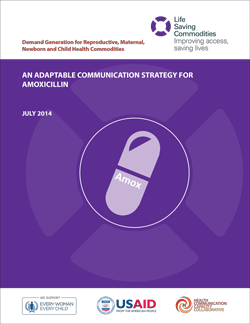
An Adaptable Communication Strategy for Demand Generation: Amoxicillin
This Strategy forms part of a comprehensive Demand Generation Implementation Kit for Underutilized Commodities in RMNCH.
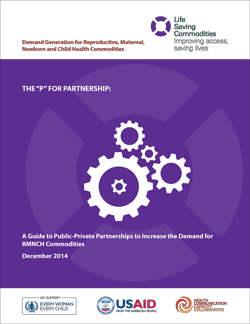
The "P" for Partnership: A Guide to Public-Private Partnerships to Increase the Demand for RMNCH Commodities
A guide to public-private partnerships in increasing the demand…
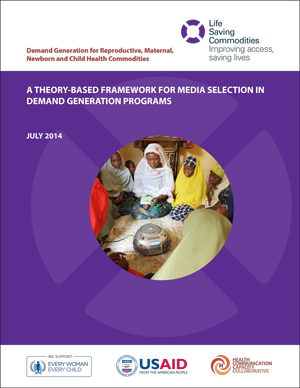
A Theory-Based Framework for Media Selection in Demand Generation Programs
This guide is a resource to help increase the demand for the…

Addressing the Role of Gender in the Demand for RMNCH Commodities: A Programming Guide
This guide is a resource for increasing demand for the 13 reproductive,…

Demand Generation for 13 Life-Saving Commodities: A Synthesis of the Evidence
This report reviews, assesses and synthesizes the current evidence…
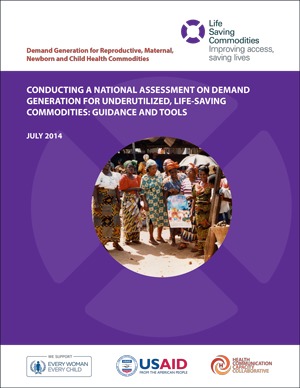
Conducting a National Assessment on Demand Generation for Underutilized, Life-Saving Commodities: Guidance and Tools
This tool provides guidance to country-based partners on how…

Utilizing ICT in Demand Generation for Reproductive, Maternal, Newborn and Child Health
This resource provides an in-depth look at three programs that…
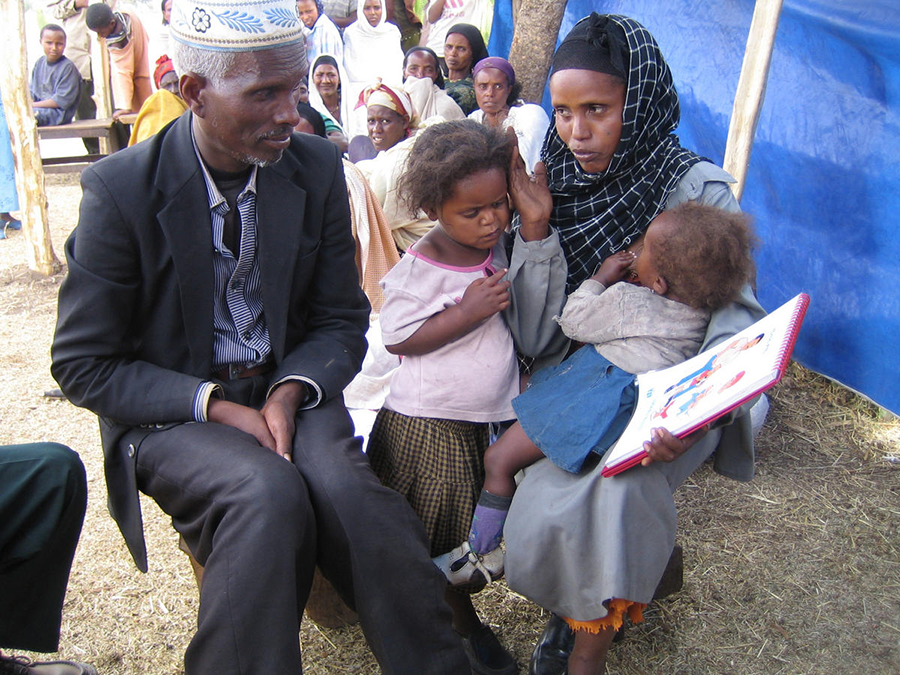
The Role of Faith-Based Communities in Social and Behavior Change Communication Programs for Child Survival
This webinar, presented on January 15, 2015, provided insight…
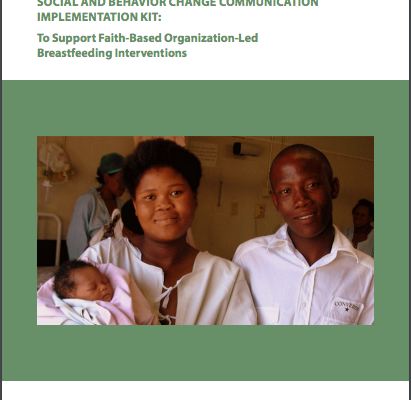
Supporting Breastfeeding Interventions for Faith-Based Organizations Implementation Kit
The Supporting Breastfeeding Interventions for Faith-Based Organizations Implementation Kit (I-Kit) provides SBCC practitioners with straightforward guidance and interactive tools to assist in developing breastfeeding SBCC programs.

Spotlight on Antenatal Corticosteroids for Preterm Respiratory Distress Syndrome
Studies have found that the antenatal corticosteroid (ACS) injection for women at risk of preterm delivery is the most effective intervention to reduce the risk of Respiratory Distress Syndrome (RDS) for preterm babies.
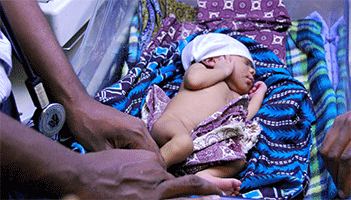
Spotlight on Chlorhexidine for Umbilical Cord Care
Chlorhexidine is a low-cost antiseptic effective against major agents of neonatal infection. However, it remains underutilized, and as such, has been identified by the UN Commission on Life-Saving Commodities for Women’s and Children’s Health as one of 13 commodities that if more widely accessed and properly used, could save the lives of more than six million women and children worldwide.
